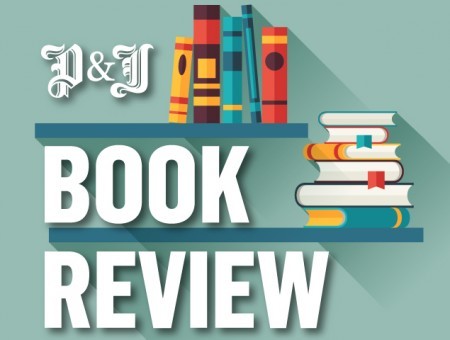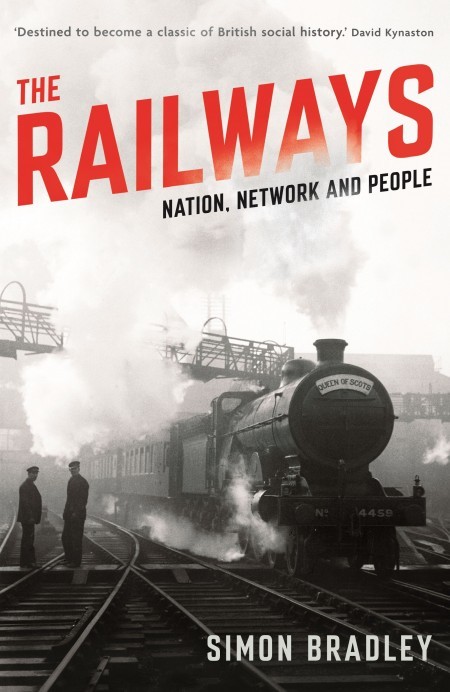Hardback by Profile Books, £25 (ebook £12.23)
You may think there is nothing more to be said on railways – that they have held such sway over so many generations of enthusiasts that all possibilities have been exhausted, terminus reached. Simon Bradley’s fantastic The Railways: Nation, Network And People proves otherwise.
A trainspotter and proud, Bradley loves his subject, yet this is far from a hagiographic retelling of familiar stories and broad-brushed revolution. Instead, railways and their growth provide an entry point for a comprehensive exploration of British culture, written with infectious enthusiasm and touching on everyone from Lord Wellington to Jimi Hendrix, everything from the rise of middle management to the very nature of time.
Non-spotters are never alienated by overbearing terminology, with key figures and companies introduced from scratch, while any post-Beeching nostalgia is carefully contextualised and eminently persuasive. Indeed, Bradley goes some way to explaining the genesis of nostalgia itself, with some of the more evocative chapters, such as his elegiac history of sleeper services, serving as both requiem for a vanishing world and exhortation to value what we have, while we still have it.
The book’s structure is taken neatly from trains’ day-to-day existence – carriages, coal, stations – effectively reverse-engineering the entire rail network to offer a staggeringly comprehensive examination of its causes, effects and legacy. Primary sources run the gamut from an awful lot of Dickens (an early adopter) to ticket stubs and dining car menus, tied together with sufficient panache to make certain stretches as compelling as an airport thriller: only afterwards do you realise you were actually reading about the birth of life insurance.
Pages brim with social history, theory and anecdote, time and again demonstrating that as much as the marks on our landscape, railways have and continue to exert a far more profound effect on Britain’s culture and society – a central thesis which, while hardly new, has surely never been expounded upon as thoroughly or cohesively as this. A marvellous achievement.

